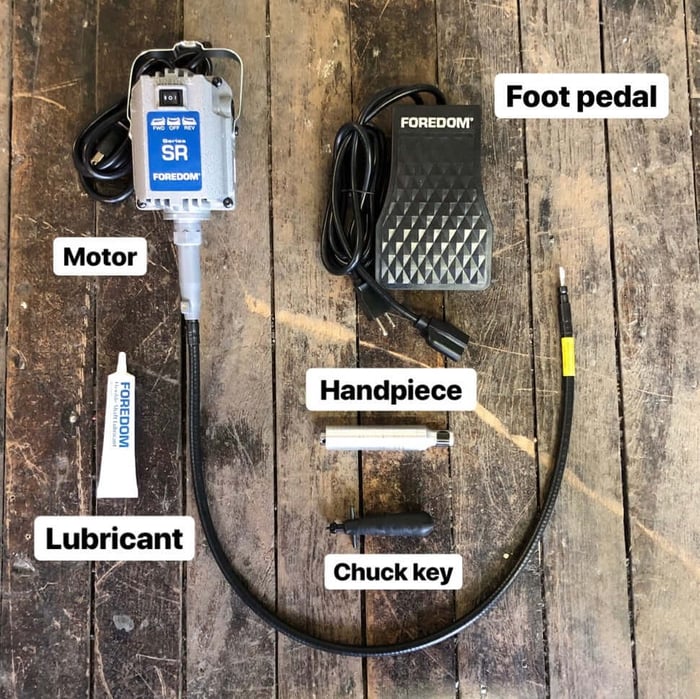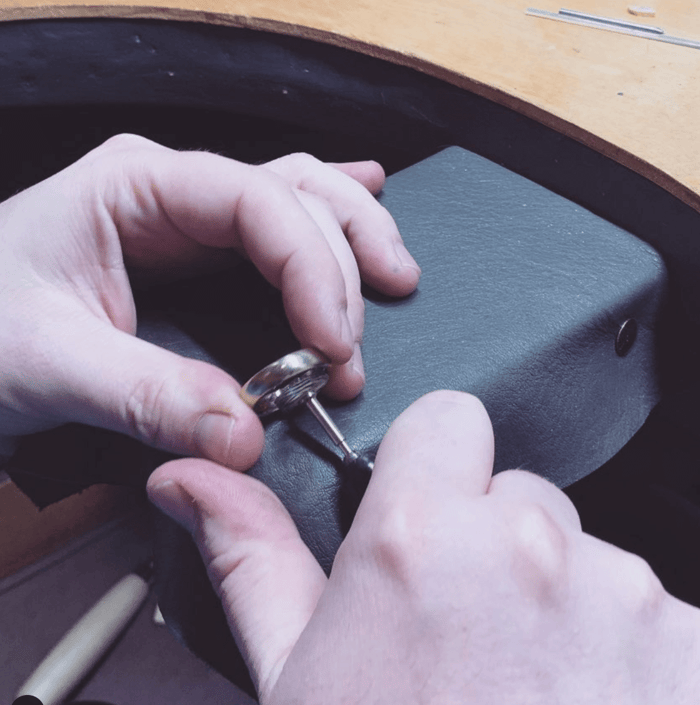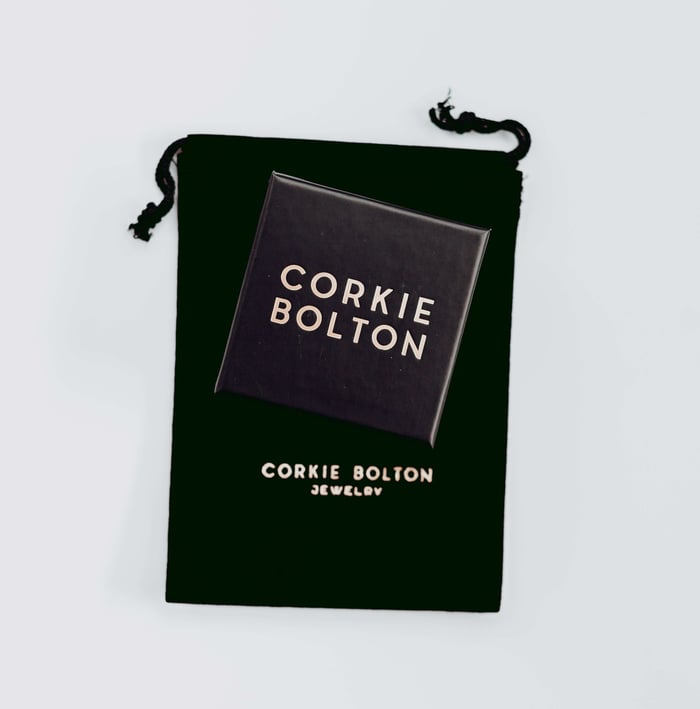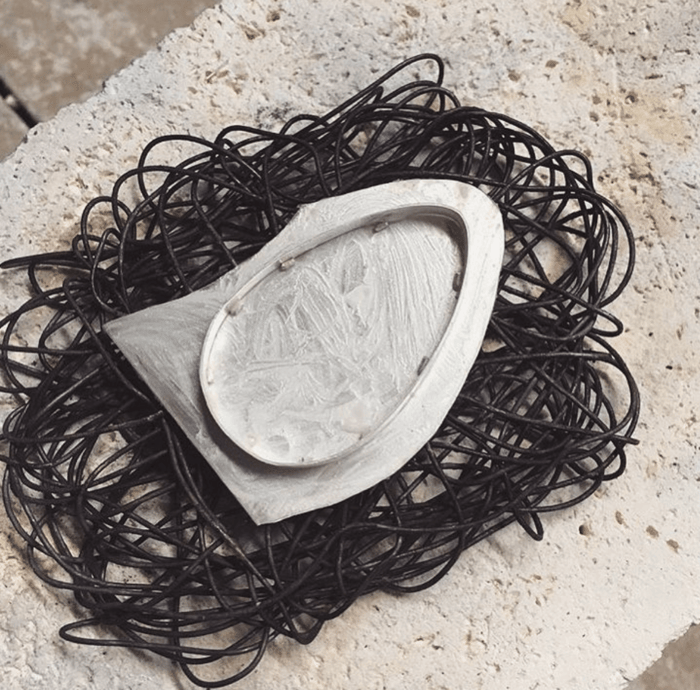*This post contains affiliate links.
Here is a recap of my Foredom Flexshaft Mini Series. During this five week series we delved into a variety of topics including how to choose the right flexshaft motor for your jewelry work, maintaining your flexshaft, the differences between micromotors and flexshafts, the best bits to purchase when getting started with your flexshaft and some additional accessories that are compatible with a Foredom SR motor.
CHOOSING A MOTOR


The SR is going to be the best all around option for us jewelers. It goes between 500-18,000 RPM and gives you all the power and speed variability you will need for your jewelry work.

The TX has twice the horse power of the SR it’s designed for light industrial work like wood carving or stone carving. Great for grinding or anything where you are looking for high torque at both low and high speeds. It runs between 500-15,000 RPM.

The LX is high torque and low speed (500-5000 RPM) it is the most powerful motor they make and is ideal for using a hammer handpiece. You can use a hammer handpiece on any motor but it should never run faster than 5000 RPM or you will burnout your handpiece. So the LX gives you more variability at lower speeds which means more control. It’s not designed to do polishing at high speeds. For those that use a hammer handpiece on a daily basis an LX is a wonderful addition to your studio but I would not advise it as your sole flex shaft, it’s more of a secondary option.
SETTING UP + MAINTAINING YOUR FOREDOM FLEXSHAFT

Here is the good news: when you purchase a new one all you need to do is take it out of the box! Simply hang your motor, plug in the foot pedal and turn your motor on (I recommend leaving it in an “on” position and using the foot pedal to power!) Then attach your handpiece. No need to lubricate your brand new flex shaft, that will come into play later on when you are ready to do some maintenance. One thing I learned while researching this mini series is the optimal position for your handpiece when not in use is pointing upwards. This prevents lubrication from pooling on the key tip end of the shaft. For this reason I purchased a motor hanger with a mounting clamp (I’ll link in my stories!) It is recommended the shaft should be checked, wiped clean, and relubricated with grease every 40 hours of use. So I attached a quick video showing that process, don’t be intimidated, it is easy! 1️⃣ Be sure to cover your work surface 2️⃣ Unplug your unit from the speed control & remove the handpiece 3️⃣ Loosen the set screw at the top of the sheath (but do not remove it). Slide the sheath off & set aside. 4️⃣ Wipe the shaft down to remove any residue (I use a washcloth rag) 5️⃣ Apply a thin coat of grease from the top to approx. 6” from the bottom 6️⃣ Slide the sheath back up the shaft leaving ¾” of the shaft tip exposed from the grooved end (where the handpiece attaches) & tighten your set screw. 7️⃣ Plug the motor back into the speed control. Allow the sheath to hang vertically into a trash can. Run it for 15 minutes at high speed (without the handpiece attached) to evenly distribute the grease. 8️⃣ Remove any excess grease on the shaft piece and then attach your handpiece, and you’re all set. The other issue you might come across is if your motor sounds like it is rattling! This will require taking out and cleaning/replacing the motor brushes, also very easy! I will share an IGTV (with an impressive before and after).
THE DIFFERENCES BETWEEN FLEXSHAFTS + MICROMOTORS

Flexshafts have more power than micromotors, they are great for tasks that require power like stone setting, hammering, and drilling. Micro motors are great for detail work as they are very flexible and fast. The handpiece is where the motor is so it allows them to have a very lightweight cord. The cord is like a phone cord very flexible and is easy to move around with. The faster speed provides smoother cuts with fluted burs. This difference between the micromotor’s lightweight cord and the flexshaft’s flexible shaft (hence the name 😂) is significant. We discussed two different options that are available for micromotors, the Foredom K1030 Portable model and the Foredom K1070 Plug In model.
TOP FIVE BITS TO PURCHASE TO GET STARTED WITH YOUR FLEXSHAFT
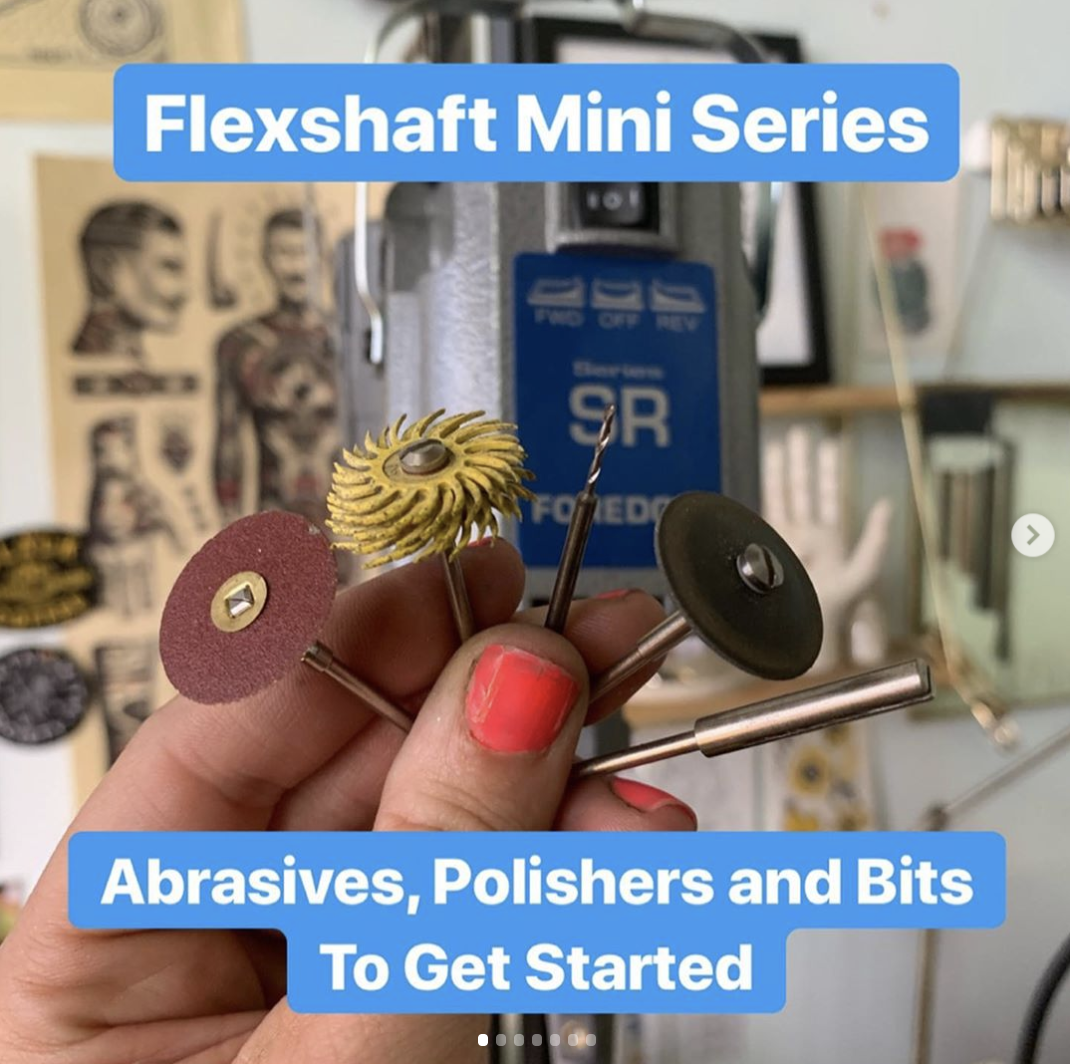
1️⃣ Bristle Discs - these discs come in a variety of grits and are used with a screw mandrel. When I was starting out I used these almost exclusively to polish my work, since I didn’t have a polishing lathe back then. 2️⃣ Moore’s Snap On Sanding Discs -I use these pretty much everytime I’m at my bench. They are versatile because you can attach them with the abrasive facing up or down, and they also come in a wide variety of grits. 3️⃣ Drill Bits - these are an essential. I think investing in a quality brand is worth it, they will be longer lasting. Sets are nice when you get started as you may find you need smaller or larger ones depending on the job at hand! 4️⃣ Silicone Polishing Wheels I use these for a ton of clean up, including on bezels. I am careful with silicone to not touch the wheels to any set stones. I’ve definitely made that mistake in the past! Also please see the last image for another option Rubber Wheels, shared by @emilymarquisdesigns (last image) rubber are similar to silicone, they will not scratch a stone! 5️⃣ Split Mandrels are inexpensive and a must have for anyone starting out! You can use any grit you like and they are fantastic for quickly cleaning the inside of rings and other curved surfaces! The standard size mandrel when using these bits with an SR is 3/32 so if you are wondering if your dremel or other flexible shaft will be compatible you just need to know what size bits your collet accommodates!
ADDITIONAL ACCESSORIES FOR YOUR FOREDOM SR FLEXSHAFT

I wanted to discuss some additional accessories that are available and compatible with the @foredomelectric SR flexshaft! One of the most common accessories are additional handpieces! Hammer handpieces are an awesome tool for stonesetting and texturing, I have the Foredom H.15D and I love it! The difference between the H.15 and the H.15D is the latter has a duplex spring connection built-in. The benefit of that is its a bit more flexible as you work. As mentioned in a previous post if you use a hammer handpiece remember they are not meant to exceed 5000 RPMs as it can burn the handpiece out. There are also tons of different Quick Release handpieces that are compatible with the SR, they can save you a ton of time when you are changing out different bits. Another useful accessory for the SR is the @pepetools_usa Jump Ring Maker. My SR from @aajewelrysupply actually came as a kit with the Jump Ring Maker (great value!) I plan to do a video on this awesome tool soon! Foredom also makes a handpiece holder, which turns your flexshaft into a mini polishing lathe (showed this on a #tooltalktuesday awhile back)! If you rely solely on your flexshaft for polishing this holder is a great addition.
If you are on the fence about purchasing a flexshaft I am here to say they are game changing! The uses are endless, and it is an investment you won't regret!
You can purchase a Foredom SR from many reputable sources. Here is a link to purchase from Pepetools and your purchase will help support the page!
If you love this content and found it helpful, please share with a friend or on Pinterest!
Be sure to join our community on Instagram @metalsmithsociety

